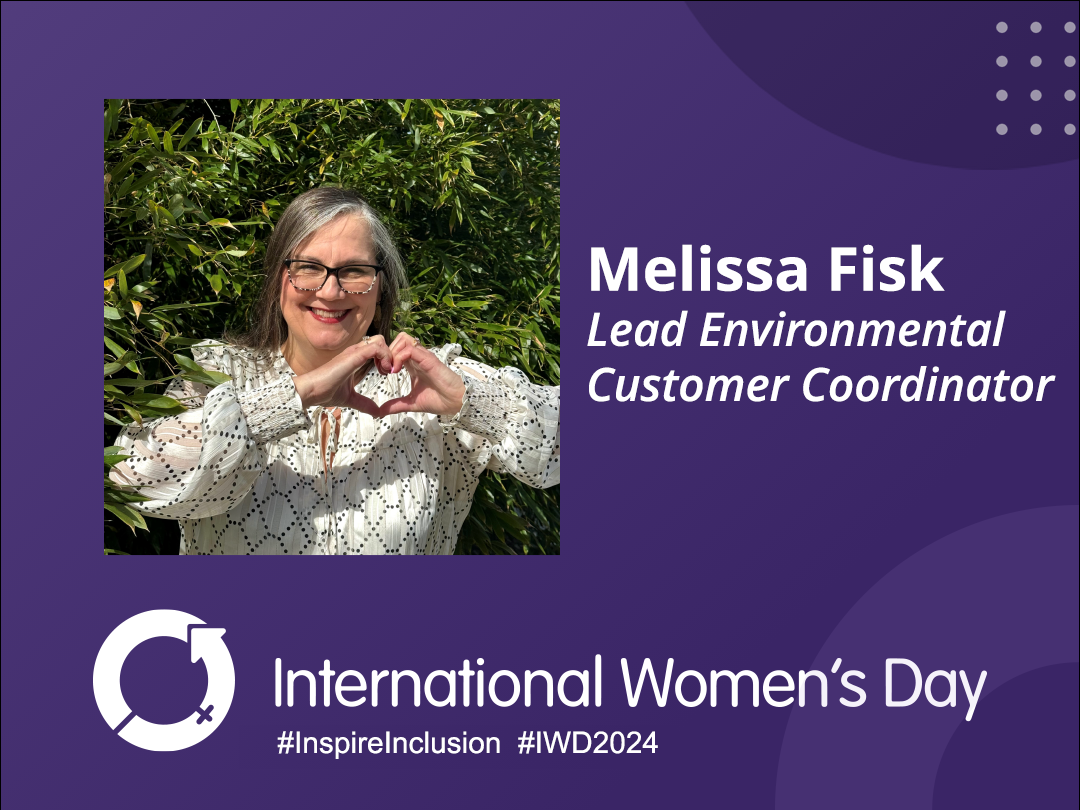When managing containerized wastes that are incompatible, ignitable, or reactive there are even stricter regulations that must be adhered to. According to §265.177, “a storage container holding a hazardous waste that is incompatible with any waste or other materials stored nearby in other containers, piles, open tanks, or surface impoundments must be separated from the other materials or protected from them by means of a dike, berm, wall, or other device.” So in layman’s terms, if a generator has containers that are holding wastes which are incompatible he or she must physically separate the two waste types in order to keep them from contacting and potentially reacting with other wastes or materials.
In addition to this, there are special requirements for ignitable or reactive wastes. Firstly, these types of wastes must be stored at least 50 feet from a facility’s property line. You may have seen that many facilities stack their drums along the fence line in order to maximize storage space; this, however, is not an option for storing ignitable or reactive wastes. The reasoning behind keeping these types of waste well within the boundary lines of a facility are twofold. Firstly, they reduce the risk of the general public being able to reach or come in contact with the waste (additionally protecting them from any harm in the chance of an explosion), and secondly, if a release of the hazardous waste occurs the distance will help to prevent waste from migrating offsite. Besides the distance issue, there are a few more key regulations to follow.
According to 40 CFR §265.17(a), “the owner or operator must take precautions to prevent accidental ignition or reaction of ignitable or reactive waste. This waste must be separated and protected from sources of ignition or reaction including but not limited to: Open flames, smoking, cutting and welding, hot surfaces, frictional heat, sparks (static, electrical, or mechanical), spontaneous ignition (e.g., from heat producing chemical reactions), and radiant heat. While ignitable or reactive waste is being handled, the owner or operator must confine smoking and open flame to specially designated locations. “No Smoking” signs must be conspicuously placed wherever there is a hazard from ignitable or reactive waste.”
To break that down, wastes that are ignitable or reactive must be managed to prevent fire or explosions. At a minimum this means a generator needs to keep these types of waste away from:
- Fire;
- Hot surfaces such as machinery engines;
- Sunlight or radient heat;
- Frictional heat (keep drums stationary to help with this, never drag or pull drums along the ground);
- Cutting and welding operations;
- Sparks from static electricity or electrical operations;
- And in the case of some reactive wastes, water.
And finally, smoking must be banned and signs stating “No Smoking,” must be posted in all areas where reactive or ignitable wastes are managed.
As far as best management practices go, the EPA provides the following advice:
- “Use a funnel or hose to add or transfer wastes to drums. This will prevent spills. Remember to rinse the funnel and characterize the rinse water (a dedicated funnel would not have to be rinsed).
- If you notice a leak, or a container is in poor condition, transfer the waste to a new container immediately.
- Keep containers cool and dry.
- Make sure all container storage areas are clearly marked — keep ignitable/reactive wastes in their own area.
- Don’t stack ignitable/reactive wastes.
- Make sure to open and close steel drums with a spark proof bung wrench.
- Don’t push, roll, or drag containers. Use the right equipment to move the drums.
- Make sure the drums are easy to reach – keep an open aisle space so that people and equipment can move freely.
- Don’t drive equipment (trucks, forklifts) into container storage areas unless you are moving containers.
- Keep the containers in a ‘containment area’ to hold spills. Containment can be provided by dikes, berms, or walls.”
Quoted and cited information for this blog post (unless otherwise noted) was gathered from the EPA Handbook for Hazardous Waste Containers. As always, this blog post is not intended to be comprehensive and it is always best to check with the EPA and local government for full, up-to-date, rules and regulations.
More News From Heritage
-
3/12/24
Equal Pay Day – Spotlighting Our Female Drivers
-
3/8/24
International Women’s Week Spotlight – Shannon Dippel
For International Women's Week, we're spotlighting some of the incredible women in the Heritage family. Our final spotlight is Shannon Dippel.
-
3/8/24
International Women’s Week Spotlight – Susan Adams
For International Women's Week, we're spotlighting some of the incredible women in the Heritage family. Our sixth spotlight is Susan Adams.
-
3/7/24
International Women’s Week Spotlight – Lea Wilson
For International Women's Week, we're spotlighting some of the incredible women in the Heritage family. Our fifth spotlight is Lea Wilson
-
3/7/24
International Women’s Week Spotlight – Melissa Fisk
For International Women's Week, we're spotlighting some of the incredible women in the Heritage family. Our fourth spotlight is Melissa Fisk.
-
3/6/24
International Women’s Week Spotlight – Taylor Harvey
For International Women's Week, we're spotlighting some of the incredible women in the Heritage family. Our third spotlight is Taylor Harvey
-
3/5/24
International Women’s Week Spotlight – Karen Esquivel
For International Women's Week, we're spotlighting some of the incredible women in the Heritage family. Our second spotlight is Karen Esquivel.
-
3/5/24
Heritage Environmental Services Announces HP Nanda as CEO; CEO Jeff Laborsky Transitions to Board of Directors
Heritage Environmental Services (“HES”) announced today that HP Nanda will join the organization as CEO.








